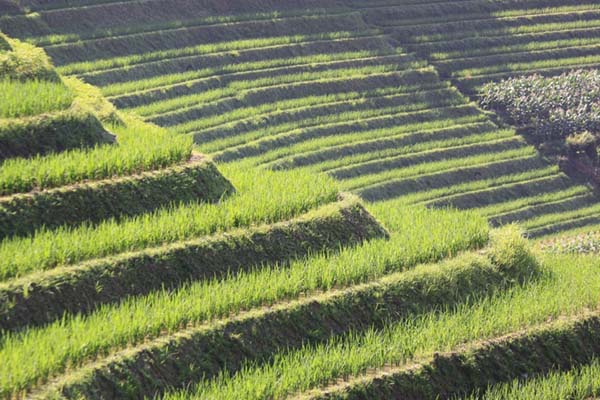18 Different Types of Farming Methods and Implements
17. Terrace Cultivation:

The terrace cultivation kind of farming is mostly in hills or mountains where the plantations are there over a plane on graduated surfaces. Here, the plane is in the form of successive flat platforms that resembles something similar to steps. This effective type of landscape farming is ideal for bringing in the most effective land use around hills and mountains and maximizing farming in the arable area.
Read: Different Rice Varieties with Names
18. Crop Rotation:
Most of us already know about crop rotation. This technique is nothing but cultivating or planting crops in the same land one after the other. Through this method, the soil’s nutrients, pest, and weed fertilizers are to the best use. Over the period of time, the crop rotation technique also increases productivity and yield, along with soil nutrients.
We hope this guide on different types of farming methods, agriculture in the world, and techniques help you learn something new today. Let us know your thoughts and what do you think of this quick and brief guide. We love to hear your thoughts.
Disclaimer:
This is exclusively a guide about types of farming methods and techniques for informative purposes only. The opinions and overview in this article are from various sources across the web. The author does not guarantee or promise any accuracy of the facts provided in this article.
FAQs:
1. What are the most common types of farming out of all?
Ans: Arable, mixed farming and pastoral farming are the most common types, and techniques of farming implemented worldwide.
2. Which type of farmings are most popular and found familiar in India?
Ans: Plantation farming, poultry, and intensive farming are the most commonly found type of farming methods in the Indian subcontinent.
3. What is cooperative farming?
Ans: In the method of cooperative farming, the formation of a community cooperative happens, where all members have equal ownership to the business and farming. They voluntarily pool all resources and manpower and divide the tasks between themselves.




















